 When I was a city dweller fantasising about coastal living my dream sea-side house had white walls, bougainvilleas and hibiscus plants. Ten years on and, to quote the immortal Meatloaf, two out of three ain’t bad. My walls might be brown wood but I have an enourmous bougainvillea and hibiscuses in every colour.
When I was a city dweller fantasising about coastal living my dream sea-side house had white walls, bougainvilleas and hibiscus plants. Ten years on and, to quote the immortal Meatloaf, two out of three ain’t bad. My walls might be brown wood but I have an enourmous bougainvillea and hibiscuses in every colour.
The original owners were obviously crazy about hibiscuses. There are 17 huge bushes, decades old, which flower so riotously it’s vulgar. When I googled ‘hibiscus’ yesterday the first prompt was ‘hibiscus tea’ – the preferred drink of the ancient Pharos.
Not just a tipple for Nefertiti, hibiscus tea naturally lowers blood pressure. A study conducted at Tufts University in 2008 demonstrated that consuming 3 cups of Hibiscus sabdariffa L. tea each day reduced systolic blood pressure by 7-14mm Hg in people with mild hypertension.
The two hibiscus species commonly used medicinally are H. rosa sinensis and H. sabdariffa. I’m not sure what species I have in the garden, but it seems none are poisonous, so I picked a variety and made the tea. It’s very fragrant, almost like incense or bubblegum, and probably an easily acquired taste. My mix of flowers resulted in a dark purple brew which stains – perfect to write that missive in hieroglyphics.













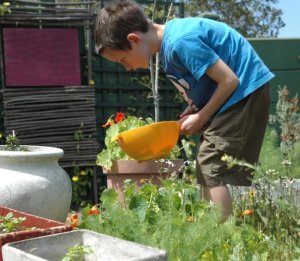 I’ve been browsing Marlena de Blasi’s A thousand days in Tuscany and there can’t be much to beat that rural Italian cuisine. She fries Zucchini blossoms, but I have replaced them with the peppery Nasturtium flowers that grow like weeds in my herb garden and on the compost heap. Delicious.
I’ve been browsing Marlena de Blasi’s A thousand days in Tuscany and there can’t be much to beat that rural Italian cuisine. She fries Zucchini blossoms, but I have replaced them with the peppery Nasturtium flowers that grow like weeds in my herb garden and on the compost heap. Delicious.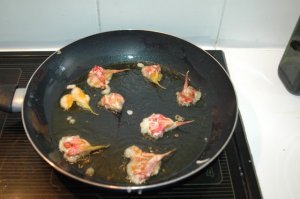
 Two days and Gavin leaves again for Abu Dhabi – the month has flown – and we have a new plan. I’ll fill you in on the details later. A lot of champagne has been drunk, a lot of shell fish has been eaten, and my jeans have shrunken slightly in the wash.
Two days and Gavin leaves again for Abu Dhabi – the month has flown – and we have a new plan. I’ll fill you in on the details later. A lot of champagne has been drunk, a lot of shell fish has been eaten, and my jeans have shrunken slightly in the wash.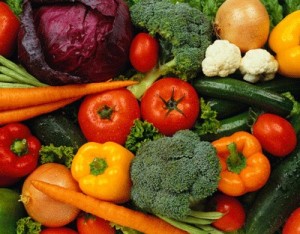 My compost obsession has been joined by a complimentary addiction – making my own stock. To give credit where it’s due, Gavin started the stock making process, and it’s become the current thing. Our eyes gleam at the sight of an oldish veggie, and we become slightly breathless as we plow our way through the Sunday roast and the chicken carcass begins to emerge. Sad, I know, but fun.
My compost obsession has been joined by a complimentary addiction – making my own stock. To give credit where it’s due, Gavin started the stock making process, and it’s become the current thing. Our eyes gleam at the sight of an oldish veggie, and we become slightly breathless as we plow our way through the Sunday roast and the chicken carcass begins to emerge. Sad, I know, but fun.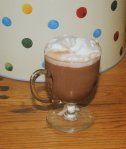 Mid-winter in the Cape means drinking cocoa with melted marshmallows in front of the fire. Store bought marshmallows are springy and rubbery, they don’t melt, they bob. Making your own is dead easy and they give that perfect foamy froth.
Mid-winter in the Cape means drinking cocoa with melted marshmallows in front of the fire. Store bought marshmallows are springy and rubbery, they don’t melt, they bob. Making your own is dead easy and they give that perfect foamy froth.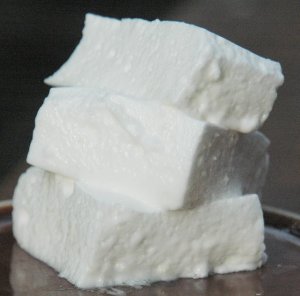
Recent Comments